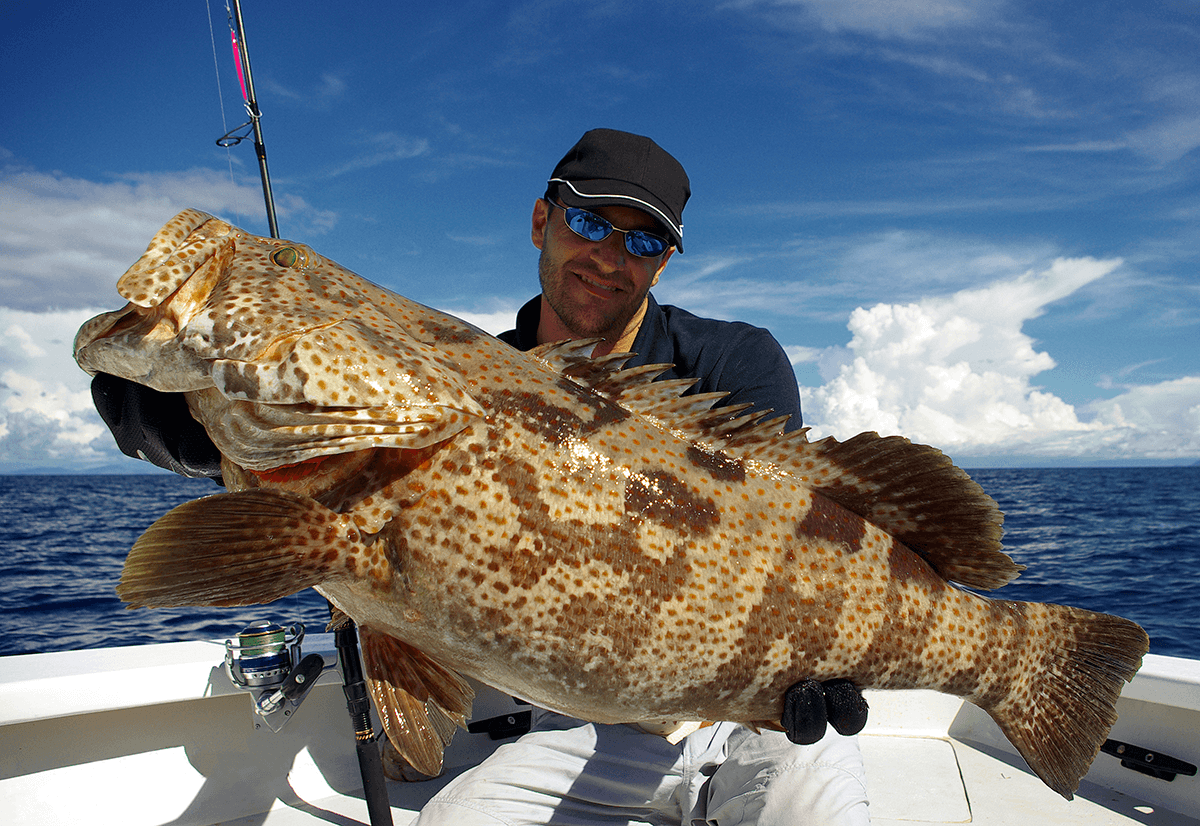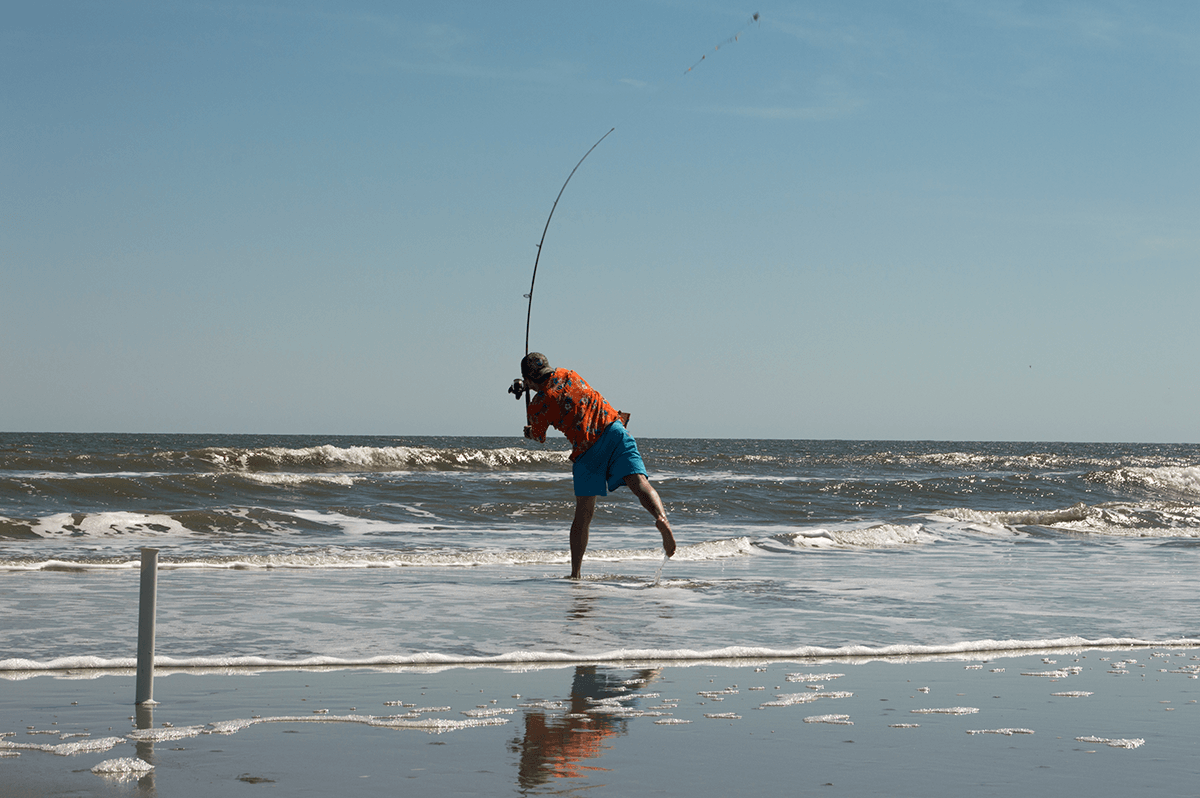Slow pitch jigging is a type of fishing that is growing in popularity. If you're not familiar with it, don't worry - we're going to show you everything you need to know about how to slow pitch jig off reefs and wrecks for epic bottom fishing greatness.
Slow Pitch Jigging 101
This guide will teach you the basics of this technique and help you start your journey to becoming a slow pitch jigging pro!
Slow Pitch vs Speed Jigging
Slow-pitch jigging is a fishing technique that has been gaining in popularity in recent years. This method of fishing involves using a jigging lure to target bottom-dwelling fish.
Unlike speed jigging, which is meant to imitate a fleeing baitfish, slow-pitch jigging imitates a wounded or dying baitfish.
Most anglers are familiar with speed jigging, a technique in which the jig is rapidly retrieved in order to keep it moving and attract fish. However, slow-pitch jigging is an increasingly popular alternative that offers a number of advantages:
- Slow-pitch jigging puts far less wear on the angler than the aggressive speed jigging technique since the jig is most enticing as it falls, not as it's retrieved.
- Slow-pitch jigging allows for more elaborate presentations, such as hop-and-fall or figure-eight patterns, which can effectively draw strikes from apathetic fish.
- Many anglers find slow-pitch jigging to be more enjoyable and relaxing than other methods, making it a great way to spend a day on the water.
This technique can be very effective for catching fish such as groupers, snappers, and amberjack.
What Is A Slow Pitch Jig?
Slow-pitch jigs are one of the most versatile lures in any offshore angler's tackle box. They can be fished vertically, jigged along the bottom, or cast out and allowed to sink slowly.
Their center-weighted design gives them a unique falling action that is perfect for triggering strikes from a variety of fish. And because they are keeled, they tend to glide or vibrate as they fall, further enticing fish to bite.
The Slow Pitch Jigging Rod
To get the best action out of these jigs requires the proper rod, which is extremely lightweight. A slow-pitch rod has a moderate recoil action that lifts and then pitches the jig, allowing it to kick to the side and fall in an enticing way.
Slow Pitch Jigging Reel Choice
You need a reel that can provide heavy cranking power and fast retrieval rate when it comes to slow pitch jigging.
The reel should be compact and powerful, with a good balance of cranking power and a fast retrieval rate.
Heavy cranking power is especially important for wearing down and controlling the fish while using a slow pitch jigging rod that provides relatively little backbone during the fight.
In addition, the reel should have a good drag system to keep the fish from taking too much line and getting away. There are many great reel options on the market, so do your research and find the one that best suits your needs.
Main-line and Leader
When it comes to slow pitch jigging, many anglers opt for a thinner diameter braid than they would use for speed jigging. This allows the lighter jigs to maintain a vertical position during the presentation, making them more effective at attracting fish.
25lb braid is usually a good starting point, but your own experience with the species you are targeting will ultimately dictate what is best for you and your area.
A 20-pound fluorocarbon leader is a good place to start when slow pitch jigging. But if you are fishing in areas with lots of rocks, structure, or even big grouper - you may need to start bumping this up to match what you have going on in your spot.
I always like to have a few different sizes of leaders handy, so I can quickly tie on what I need for the conditions.
In general, you want your leader to be as invisible as possible to the fish and stout enough to handle whatever you're hooked into.
Slow Pitch Jigging Tips
In order to increase the chances of hooking a particular type of fish, it is often necessary to use specific techniques. Pulling the rod up too far can prevent these fish from getting a chance to hit the jig unless they are very aggressive.
Instead, small movements that keep the jig near or interact with the bottom are more likely to result in a successful strike.




